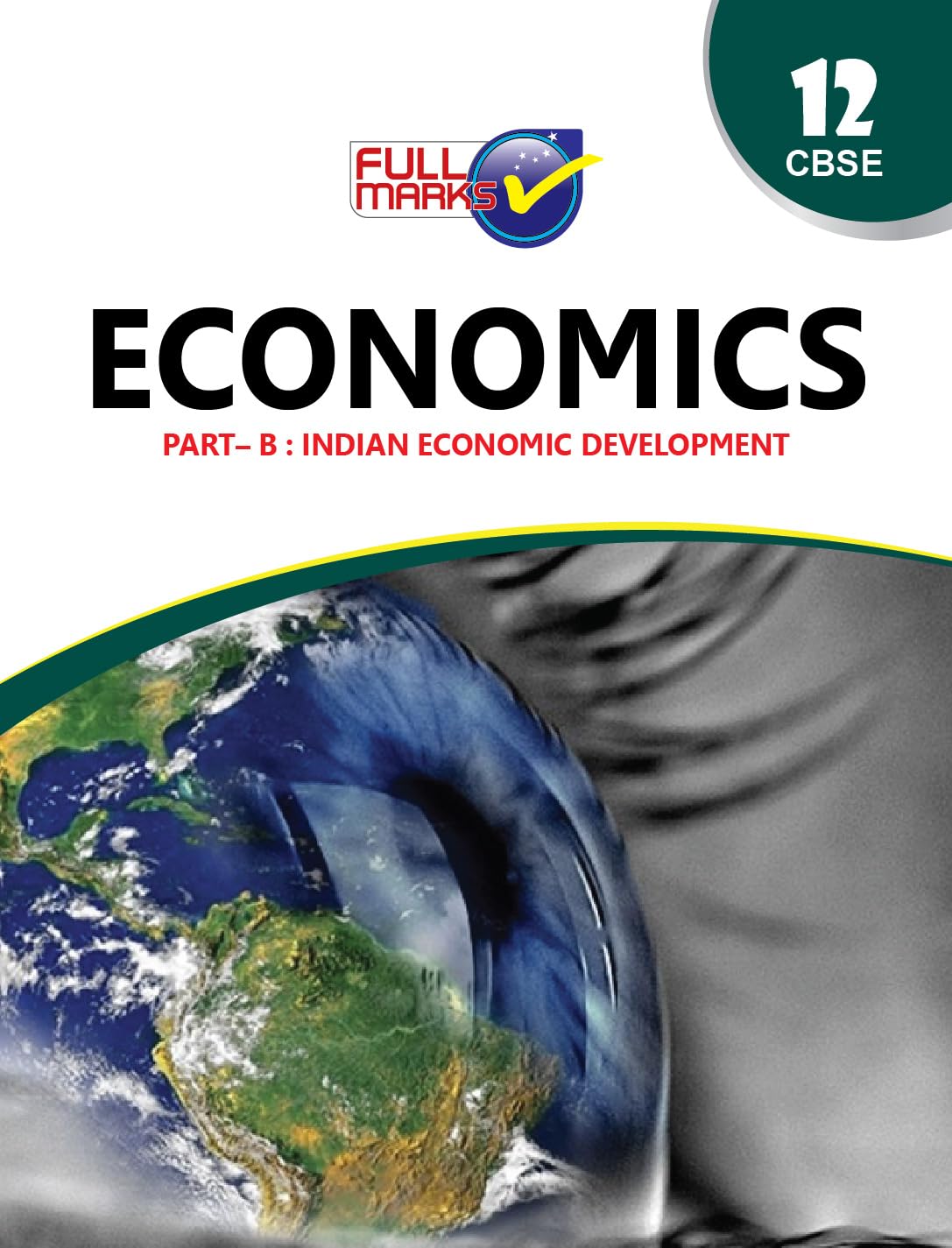Economics: Part II - Indian Economic Development, including the key topics, important themes, and essential concepts.
1. Indian Economy on the Eve of Independence
Economic Conditions: Overview of the agrarian structure, industrial development, and trade practices under British rule.
Poverty and Unemployment: Analysis of the socio-economic conditions and their implications.
Colonial Exploitation: Impact of colonial policies on Indian agriculture and industry.
2. Planning and Economic Development
Five-Year Plans: Objectives, features, and outcomes of the planning process in India.
NITI Aayog: Role and significance in policy-making and planning.
Objectives of Planning: Economic growth, employment generation, poverty alleviation, and sustainable development.
3. Sustainable Economic Development
Concept of Sustainable Development: Definition, importance, and principles.
Environmental Sustainability: Relationship between economic development and environmental protection.
Policies for Sustainable Development: Strategies to achieve economic growth without compromising environmental integrity.
4. Agriculture
Importance of Agriculture: Role in the Indian economy, employment, and food security.
Green Revolution: Features, achievements, and impact on agricultural productivity.
Challenges in Agriculture: Issues like land degradation, water scarcity, and farmer distress.
Government Initiatives: Policies for improving agricultural productivity and welfare schemes (e.g., MGNREGA, PM Kisan).
5. Industry and Trade
Industrial Policy: Evolution, objectives, and major initiatives.
Small-Scale and Cottage Industries: Importance, challenges, and government support.
Trade Policy: Post-independence trade policies and their implications for the economy.
Globalization and Indian Economy: Impact of liberalization, privatization, and globalization (LPG) on industries.
6. Employment and Unemployment
Types of Employment: Formal vs. informal employment, organized vs. unorganized sectors.
Unemployment in India: Types of unemployment (structural, cyclical, seasonal) and challenges.
Government Initiatives: Programs aimed at generating employment (e.g., Skill India, Make in India).
7. Poverty and Inequality
Measurement of Poverty: Methods of measuring poverty (headcount ratio, poverty line).
Causes of Poverty: Factors contributing to poverty in India.
Government Schemes: Programs aimed at poverty alleviation (e.g., National Rural Livelihood Mission).
8. Economic Reforms Since 1991
Liberalization: Policies promoting market freedom and competition.
Privatization: Role of private sector in economic development.
Globalization: Increased integration with the global economy and its effects.
Impact of Reforms: Economic growth, changes in employment patterns, and effects on various sectors.
9. Indian Economy: Current Issues and Challenges
Current Economic Trends: Analysis of GDP growth, inflation, and investment.
Challenges: Addressing issues like income inequality, environmental sustainability, and health care.
Study Tips
Understand Key Concepts: Focus on the underlying concepts rather than rote memorization.
Use Graphs and Diagrams: Visual representations can help understand complex topics like trade and economic policies.
Solve Sample Papers: Practice with past years' question papers to familiarize yourself with the exam format.
Revise Regularly: Regular revision helps reinforce concepts and retain information.
Important Topics to Focus On
Green Revolution: Understand its significance in agricultural productivity.
Economic Reforms of 1991: Grasp the major changes and their implications for the Indian economy.
Government Schemes: Familiarize yourself with key government initiatives aimed at poverty alleviation, employment, and rural development.




